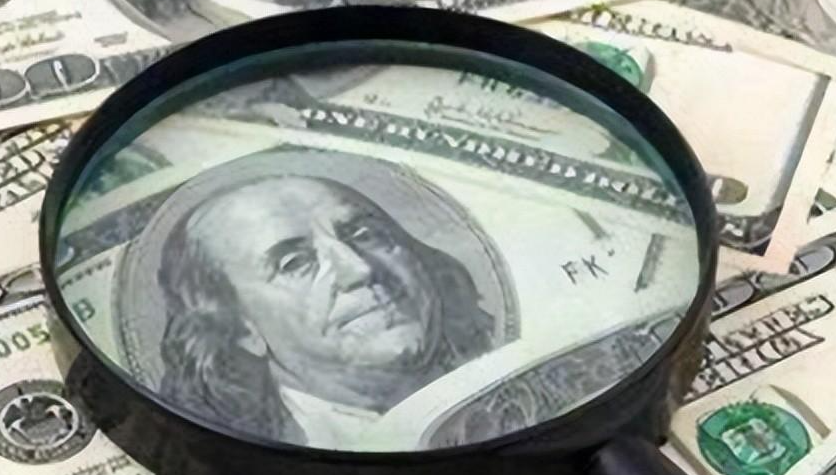US Stocks Plunge on October 10
Advertisements
The recent turbulence in the U.S. stock market has sent shockwaves across global financial systems. After an alarming plunge in April of this year, investors hoped for a period of stabilization. However, expectations were shattered on October 10, when the market experienced yet another significant downturn. The Dow Jones Industrial Average plummeted by over 800 points, marking its steepest single-day fall in eight months. Meanwhile, the S&P 500 index suffered its longest losing streak since November 2016, and the Nasdaq saw a staggering decline of 4%. Such drastic shifts provoked a wave of panic and uncertainty, sending ripples through international markets.
This sudden upheaval highlighted a noteworthy trend: the connection between U.S. stock fluctuations and Asian markets, which often seem to follow Wall Street's lead, particularly in times of crisis. The morning after the U.S. market collapse, Asian stock exchanges were in a state of disarray. Japan's Nikkei index opened down 2%, the Australian markets faltered, and Hong Kong's Hang Seng index mirrored the Dow’s decline with an 800-point drop. Disturbingly, China's A-share market also took a hit, seeing the Shanghai Composite index slide by 3.3%, breaching significant thresholds that led to further anxiety and fear among investors.
This dynamic between the U.S. and Asian markets reveals an unfortunate pattern: Asian stocks tend to mirror the bearish trends from their American counterparts without reciprocating in times of growth. Moreover, European markets were not spared from the fallout, exhibiting similar losses and showcasing the interconnectedness of today’s global financial environment.
What stands out is the undeniable influence of Wall Street as a primary catalyst in shaping the financial narrative worldwide. The extent of this influence emphasizes the fact that the U.S. stock market is not just a local market but a dominant force in the global financial arena, guiding other economies’ performances and investor sentiments. This also serves as a reminder that understanding the trends and behaviors of the U.S. market can provide crucial insights into predicting movements in financial markets across the globe.
So, what prompted the dramatic drop on October 10? A closer examination of the stock’s trajectory reveals an accelerated rise from a stable baseline of 25,000 to 26,000 points, which raised the possibility of a disruptive correction. As the days unfolded, discontent brewed within the financial community regarding inevitable stock adjustments, exhausting the patience of investors already on edge. The magnitude of the drop that occurred was not only steep but also alarming, serving to exacerbate market fears and intensify the sell-off.

Two primary indicators suggested a severe market correction was impending. On that day, the yield on 10-year U.S. Treasury bonds peaked at 3.244% before settling down to 3.1629%. Simultaneously, the VIX index—the so-called “fear index”—surged beyond the 20 mark for the first time since April, reaching 20.12. These indicators have historically proven reliable in forecasting stock market risk, often serving as precursors to significant downturns.
Adding to the turmoil were the mounting issues within major U.S. tech corporations. The sector, once a beacon of strength within the stock market, faced a myriad of challenges. Facebook had to confront renewed accusations of data breaches, while Tesla found itself embroiled in complications surrounding its efforts to go private. Google’s CEO appeared before Congress, facing scrutiny amid ongoing judicial investigations, and Apple was grappling with disappointing sales figures for its new products, pushing CEO Tim Cook to seek assistance in China. On October 10, the tech sector bore the brunt of the collapse; Amazon’s stock price crashed by 6.15%, wiping out over $50 billion in market value in a mere day. Other giants like Netflix and Facebook also saw significant drops, with the former plummeting over 8% and the latter falling beyond 4%.
The timing of this market instability coincides with the looming midterm elections in the United States, a period rife with political maneuvering. In this charged atmosphere, both parties are likely to exploit financial volatility to influence voter responses. While some analysts speculate about potential conspiracies connecting Wall Street’s elite to the Democratic party, the reality is that financial giants often wield substantial influence over political outcomes.
As tensions rise in the financial markets and amid the uncertainty surrounding the midterms, investors are understandably anxious about their next moves. The prevailing conditions create a precarious environment, prompting many to consider stepping back and reassessing their strategies to avoid heightened risk during this tumultuous time.
Could this lead to an even more profound decline or trigger a broader financial crisis? While concerns linger, one could argue that the likelihood remains low. Analyzing the fundamentals of U.S. economic growth, employment, and inflation reveals that the core indicators remain strong. The current tax cuts aimed at stimulating the economy are beginning to take effect, suggesting that a complete market collapse is unlikely in the near term.
On the other hand, the panic that has gripped Chinese markets—namely the A-shares—mirrors the psychological responses driven by fear stemming from the U.S market's turmoil. Nevertheless, many analysts believe that the A-shares have already reached bottoming prices, implying that a rebound aligns with any recovery witnessed in the U.S. market. However, caution is crucial; investors need to carefully assess market trends rather than engage in impulsive buying, especially given that many uncertainties loom over international markets.
Ultimately, navigating this volatile environment requires vigilance and a keen understanding of the intricacies of modern financial markets. Investors would do well to observe the unfolding scenarios and refrain from rash actions, positioning themselves to respond strategically as the market recovers from this latest setback.